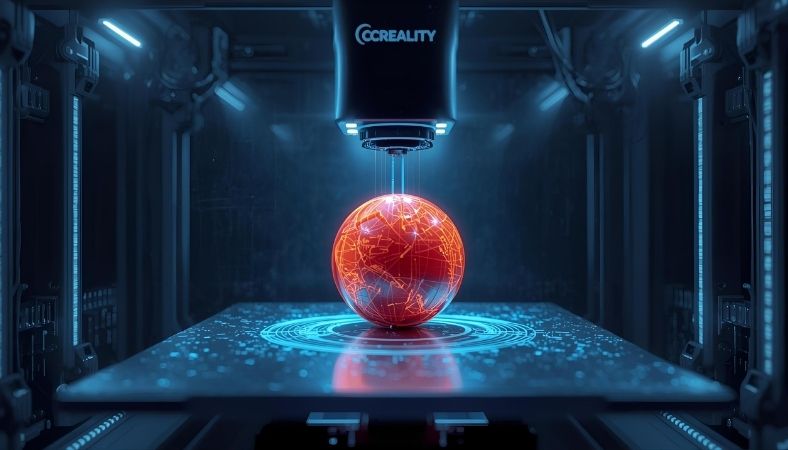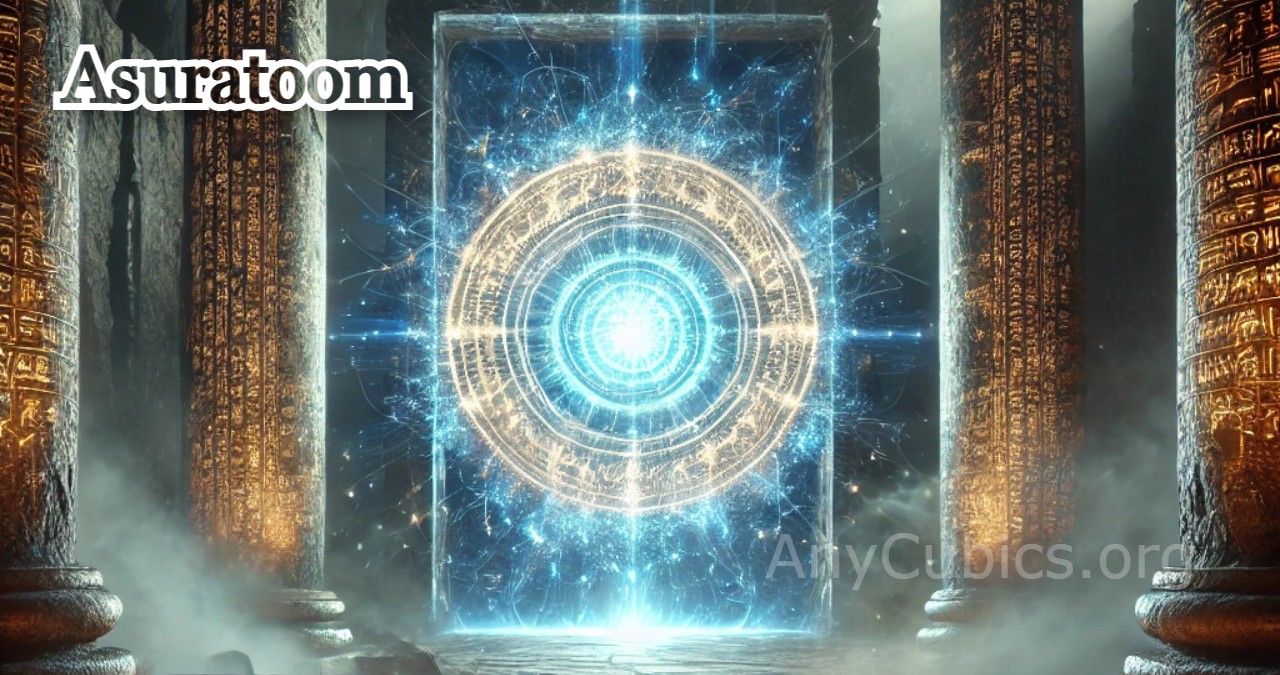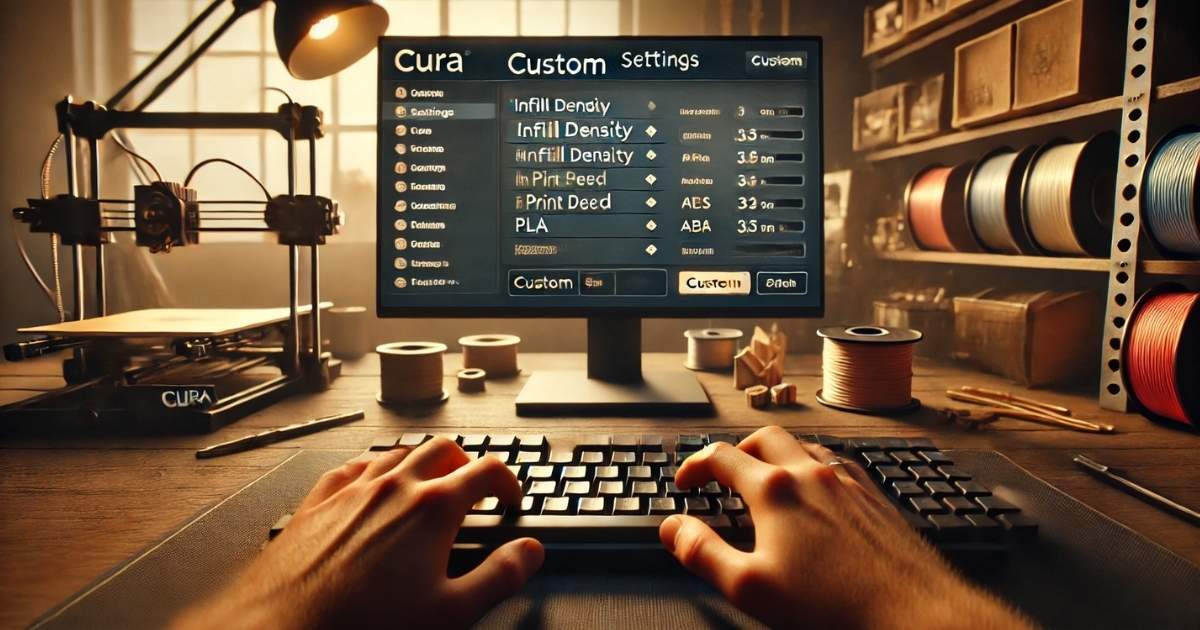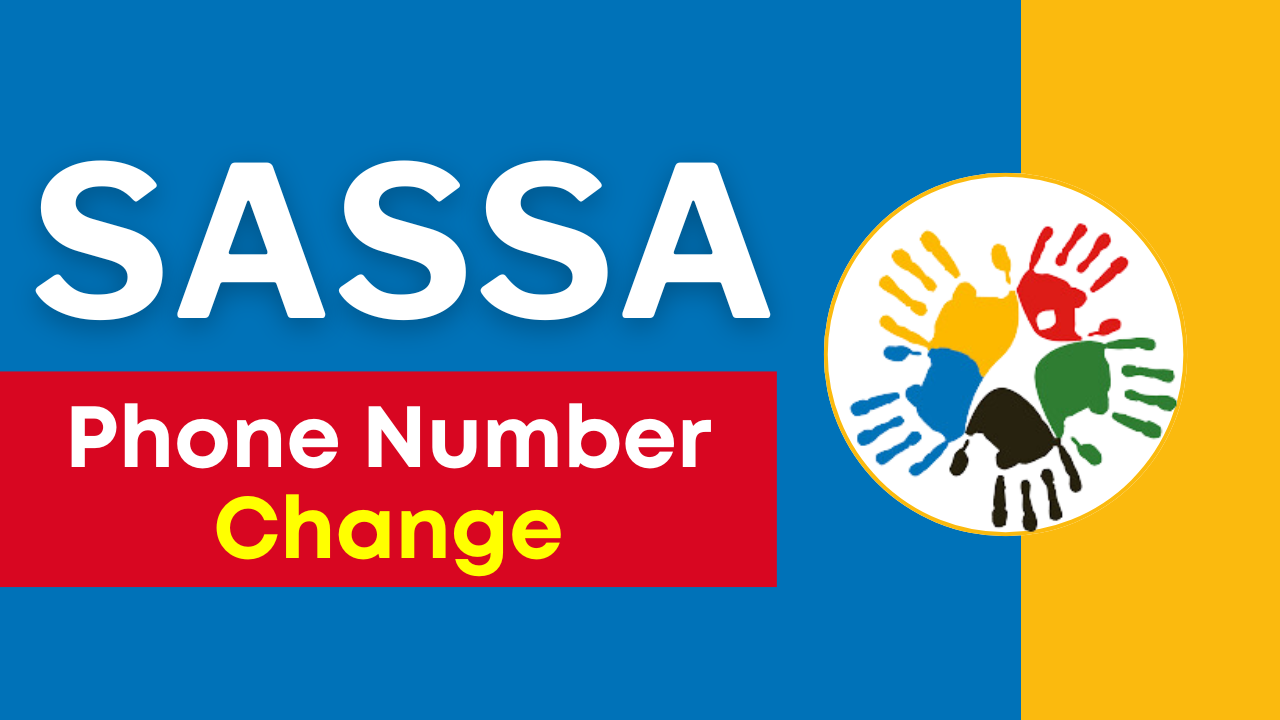Explore Creality 3D scanner software Creality Scan and CR Studio. Learn setup, tips, and fixes for 3D printing in this easy guide.
Key Takeaways
- Creality Scan and CR Studio turn physical objects into 3D models for printing or design.
- Works on Windows, Mac, Android, and iOS, exporting files like STL or OBJ.
- New features like anti-shake tracking make scanning easier, but bugs can frustrate.
- Updates in 2025 improve newer scanners like Otter and Raptor.
- Fix common issues like crashes or USB problems with simple tricks.
Introduction to Creality 3D Scanner Software
Ever held a cool object and thought, “I wish I could 3D print this”? That’s where Creality 3D scanner software comes in. Whether you’re using Creality Scan for newer models like the Ferret or Otter or CR Studio for older ones like the CR-Scan 01, this software helps you scan real-world objects and turn them into digital 3D models. It’s perfect for 3D printing, designing parts, or even creating AR/VR content. Let’s walk through how it works, what it offers, and how to tackle its quirks.
Creality Scan: Features and Benefits
Advanced Scanning Capabilities
Imagine scanning a toy or a bike part without it looking like a blurry mess. Creality Scan, designed for newer scanners like the Ferret Pro or Otter, uses smart features to make this happen. Its anti-shake tracking keeps scans steady even if your hand wobbles, hitting accuracies of 0.1–0.2mm. You can map colors onto your model or use one-click optimization to clean up messy scans. For example, a 2024 review by The Technology Man showed how a bike saddle was scanned in minutes, ready for 3D printing.
Compatibility and Integration
Creality Scan plays nice with almost any device—Windows, Mac, Android, or iOS. You can export your scans as STL, OBJ, or PLY files, which work with 3D printing software like Creality Print or design tools like Fusion 360. If you’ve got a Creality K1 printer, your scan can go straight to printing without extra steps. The software’s wireless scanning, using a Scan Bridge, also lets you move freely while scanning larger objects like a chair or a helmet.
CR Studio: Legacy Software Insights
Core Functionalities
CR Studio, used for older Creality scanners like the CR-Scan 01 or Lizard, is simpler but still powerful. It handles point cloud alignment (think of it as stitching scan data together), meshing, and basic texture editing. You can simplify models to make them lighter for printing without losing key details. A 2022 Tom’s Hardware review scanned a wooden horse model with 0.2mm detail, showing CR Studio’s strength for hobbyists.
Limitations
CR Studio isn’t as flashy as Creality Scan. It lacks AI-driven tools like head repair or advanced color mapping, and its interface feels dated. Updates slowed after 2023, so it’s less suited for newer scanners like the Raptor. If you’re using an older scanner, it’s reliable but won’t wow you with modern features.
Setup and Installation Guide
System Requirements
Before you start, make sure your device is up to the task. Creality recommends at least an Intel i7 processor, 8GB of RAM, and an NVIDIA GPU for smooth scanning. For mobile, your Android or iOS device needs 4GB of RAM to run Creality Scan without hiccups. Older laptops or phones might struggle, especially with large scans.
Step-by-Step Setup
Getting started is straightforward. Download Creality Scan or CR Studio from Creality’s website or app stores (free for both). Connect your scanner via USB3 or a WiFi Scan Bridge for wireless models. For USB setups, use a powered hub to avoid disconnections, a tip from Reddit users in 2024. Calibration is key—follow the on-screen guide to align your scanner’s lenses, ensuring sharp scans. Test with a small object, like a mug, to get the hang of it.
Optimizing Scans: Tips and Tricks
Best Settings for Challenging Objects
Scanning a shiny metal tool or a black phone case can be tricky. For dark or reflective surfaces, grab a can of matte spray paint (washable works fine) to add texture. In Creality Scan, switch to Geometry mode for precise shapes or adjust exposure settings for dark objects, as suggested in Creality’s 2025 Wiki. Start with a low-resolution scan to test your setup before going high-res.
Troubleshooting Common Issues
Nothing’s worse than software crashing mid-scan. About 40–50% of users on Reddit in 2024 reported freezes, often at 51% during processing. To fix this, update to Creality Scan V3.3.20 (released 2025) and ensure your PC has 16GB of RAM. For USB disconnections, update your drivers and avoid cheap cables. On mobile, close background apps to prevent them from lagging or crashing.
Comparing Creality Software to Alternatives
Creality Scan vs. CR Studio
Choosing between Creality Scan and CR Studio depends on your scanner. Creality Scan is mobile-friendly, packed with AI tools like anti-shake and one-click fixes, and supports newer models like the Otter. CR Studio, better for older scanners like the Lizard, offers basic editing but lacks wireless support or advanced features. For most users, Creality Scan is the go-to for its modern edge.
Third-Party Alternatives
Not vibing with Creality’s software? Geomagic offers pro-level editing for complex models but costs $500+. Revopoint’s software, used with their POP scanners, runs smoother on mobile but doesn’t integrate as well with Creality printers. A 2024 3DWithUs review noted that Fusion 360 is great for post-scan CAD work, especially for reverse engineering parts like a car bumper.
Addressing User Pain Points
Software Stability Issues
Software crashes are a big headache. Reddit threads from 2024 show nearly half of users hit snags during calibration or processing. The fix? Update to the latest Creality Scan version and use a beefy PC (16GB RAM, NVIDIA GPU). If you’re still stuck, restart the app and scan in smaller chunks to reduce strain.
Mobile App Challenges
The Creality Scan app struggles on Android, with WiFi bridge disconnects or “image transmission errors” plaguing users (Trustpilot, 2024). Stick to a 5GHz WiFi network and update your scanner’s firmware. iOS users miss out on high-quality mode, so for precision, use a PC instead. A quick trick: test connectivity with a small scan before tackling big projects.
Cost and Accessibility
Good news—both Creality Scan and CR Studio are free. But for wireless scanning, you’ll need a Scan Bridge ($50–100), which adds up. To save cash, stick to USB connections for models like the Ferret. If your budget laptop lags, prioritize closing other apps or upgrading RAM for smoother scans.
Real-World Applications
3D Printing Integration
Creality’s software shines with 3D printing. Scan an object, export it as an STL file, and send it to your Creality K1 printer in minutes. A 2024 3DWithUs review showed a toy panda scanned and printed as a replica, perfect for hobbyists. The software’s one-click optimization ensures models are print-ready without extra fuss.
Reverse Engineering and AR/VR
Need to recreate a broken machine part? Creality Scan exports models for CAD tools like Fusion 360, ideal for reverse engineering. The 2025 QUICKSURFACE integration simplifies turning scans into precise CAD files. For AR/VR, the software’s 1mm detail resolution (The Technology Man, 2024) lets you create digital assets for games or virtual tours.
2025 Trends and Updates
The 3D scanning world is buzzing. Creality holds a 25–30% share of the consumer 3D scanner market (CONTEXT, 2023), and its software keeps evolving. The 2025 Creality Scan V3.3.20 update boosted tracking for Otter and Raptor scanners, fixing 20% of earlier issues. Mobile scanning is trending, with over 1 million Creality Cloud app downloads, showing hobbyists love on-the-go scanning.
Frequently Asked Questions
What is Creality 3D scanner software?
Creality Scan and CR Studio power Creality scanners, turning physical objects into 3D models. They handle scanning, point cloud alignment, and exports to STL, OBJ, or PLY for 3D printing or CAD, ideal for hobbyists and pros alike (Creality Wiki, 2025).
How to download Creality Scan?
Grab Creality Scan or CR Studio free from Creality’s website, Google Play, or App Store. It supports Windows, Mac, Android, and iOS. Ensure your device meets minimum specs (8GB RAM, Intel i7) for smooth performance.
Why does Creality software crash?
Crashes often stem from low RAM or outdated drivers, affecting 40–50% of users (Reddit, 2024). Update to V3.3.20, use a PC with 16GB RAM, and close background apps to stabilize scanning and processing.
Can I scan black objects with Creality?
Yes, but black or shiny surfaces need matte spray or Geometry mode. Adjust exposure in Creality Scan for better tracking, achieving 0.1–0.2mm accuracy on tricky objects (Creality Wiki, 2025).
What formats does Creality software export?
Creality Scan and CR Studio export STL, OBJ, and PLY files, compatible with Creality Print, Blender, or Fusion 360. These formats suit 3D printing, reverse engineering, or AR/VR projects seamlessly.
Is Creality Scan better than CR Studio?
Creality Scan offers AI tools, mobile support, and works with newer scanners like Otter. CR Studio suits older models like CR-Scan 01 but lacks advanced features, making Scan the better choice for most.
Key Statistics
- Accuracy: Creality claims 0.02–0.1mm, but real-world tests show 0.1–0.2mm (Tom’s Hardware, 2024).
- Scan speed: Raptor hits 60fps and 660,000 points/sec (Creality, 2025).
- User feedback: Google Play rates Creality Scan 2–3/5 stars due to bugs, but 80% of Reddit users praise the hardware (2024).
Takeaway
Ready to scan like a pro? Use Creality Scan’s latest updates, tweak settings for tricky objects, and troubleshoot crashes with our tips. Whether you’re printing a toy or designing a part, these tools can make your 3D scanning journey smoother. Try a small scan today and see the magic!





